
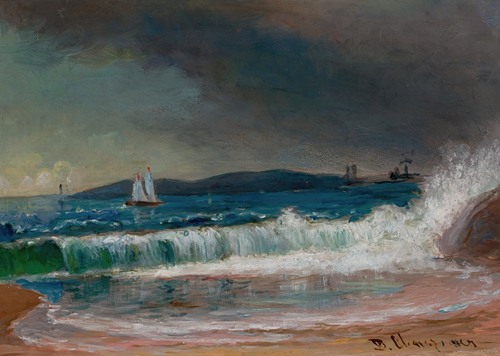


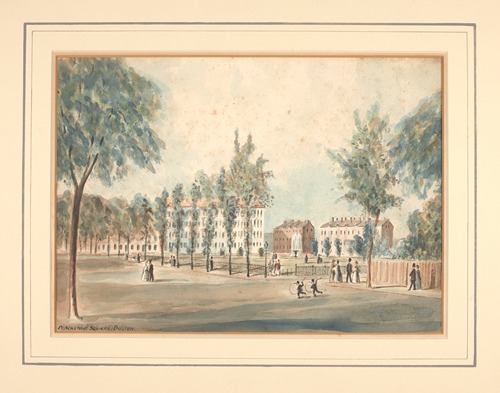

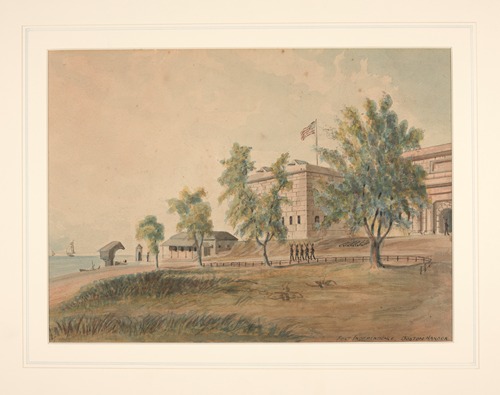
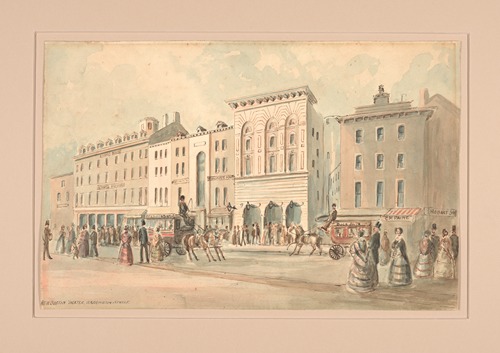
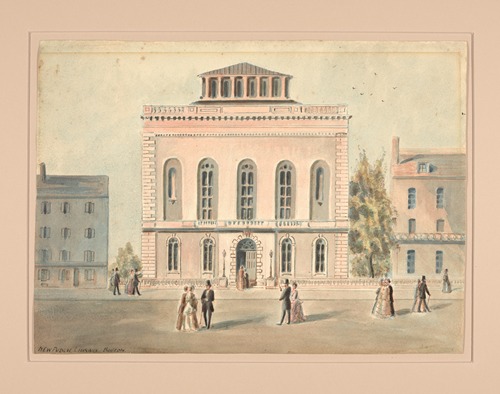
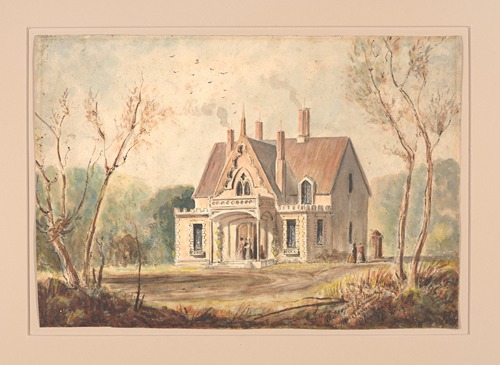
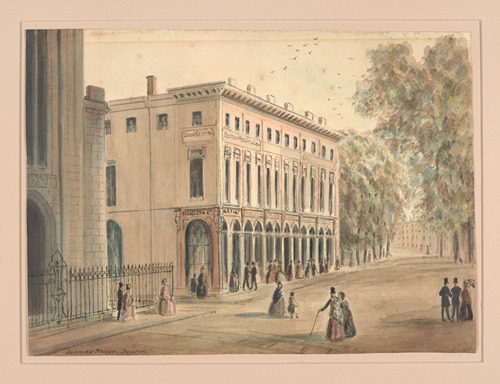
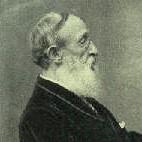

Benjamin Champney was a painter known for his role in White Mountain art of the 19th century. He began his training as a lithographer under celebrated marine artist Fitz Henry Lane at Pendleton's Lithography shop in Boston. Most art historians consider him the founder of the "North Conway Colony" of painters who came to North Conway, New Hampshire and the surrounding area during the second half of the 19th century. His paintings were often used to make chromolithographs that were subsequently sold to tourists who could not afford Champney's originals. He exhibited regularly at the Boston Athenæum and was a founder of the Boston Art Club.
Champney was born in New Ipswich, New Hampshire. He first visited Conway in 1838. In 1841, Champney went to France to study, returning to Boston in 1846, and then returned to Europe almost at once to paint a panorama of the Rhine River. He returned to Boston in 1848 and exhibited the panorama there in December. It was subsequently exhibited in Worcester, Massachusetts, New Haven, Connecticut, and New York City. In 1854, he went on a painting trip to Germany and Switzerland with John Frederick Kensett. The panorama, unfortunately, was destroyed by fire in New York City in October 1857.
In 1850, Champney returned to the White Mountains with his friend, Kensett. Their enthusiasm and paintings drew large numbers of Boston and New York artists to the Conway area. In 1853, Champney married and bought a house between Conway and North Conway. It would be his summer home for over fifty years. His studio was a noted social center, and was visited by many people from all parts of the country.
In 1855, Champney became a founder of the Boston Art Club, and, in 1856, its president.
In 1900, he published an autobiography, Sixty Years' Memories of Art and Artists.
Champney died at his home in Woburn, Massachusetts, on December 11, 1907.










